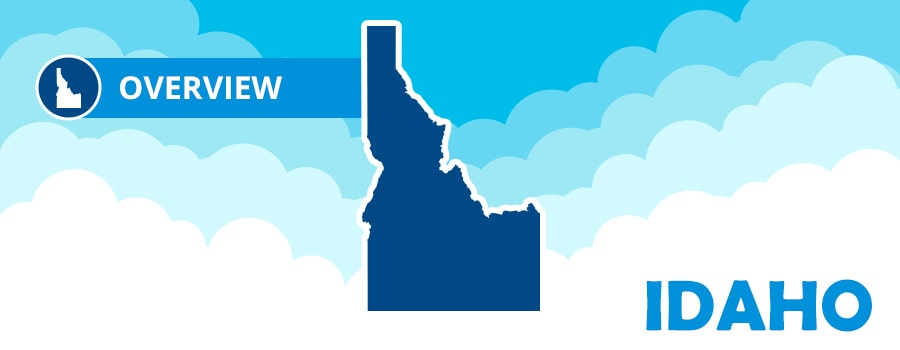Homeschooling In Idaho
Home education tends to result in high quality education due to the customizable training methods used in each homeschool. The one-on-one instruction, focusing on child interests, combining different teaching approaches among other factors contribute to the growing trend of families in Idaho turning to homeschooling.
Idaho is one of the most homeschool friendly states in the nation. Continue reading this page to find out how you can start homeschooling in Idaho, what support groups are near you, wonderful destinations for field trips with your homeschoolers and so much more!
- How to Start Homeschooling in Idaho
- Idaho Homeschooling Laws
- Idaho Homeschool Associations
- Idaho Homeschool Groups and Co-ops
- Idaho Homeschool Field Trips
- Idaho Standardized Testing and Test Prep
- Why Time4Learning is the Leading Homeschool Curriculum in Idaho
This information should by no means be interpreted as legal advice. It is your responsibility to interpret and understand the laws that you will be homeschooling under.
How to Start Homeschooling in Idaho
The steps to homeschooling in Idaho are:
- Decide who will be teaching your child.
- Choose the ideal curriculum for your family.
- Start having fun learning together!
Idaho Homeschooling Laws
If you’re wondering how to enroll in homeschool, Idaho has no rules in place about notifying school districts or DOE, unless your child was previously enrolled in public school. In that case, parents should contact the school to formally withdraw the child. Aside from this:
- Homeschoolers are allowed to participate in extracurricular activities in a public school for dual enrollment purposes.
- Compulsory education age is 7 -16, which means homeschoolers cannot graduate before their 16th birthday.
To learn more about these and other rules visit our Idaho Homeschooling Laws page.
Idaho Homeschool Associations
Statewide homeschool associations provide a wealth of information and support for families who have decided to homeschool. Idaho’s statewide organization is called Homeschool Idaho and offers great benefits to its members. Learn more about what this association offers and if it’s a good fit for your family in our Idaho Homeschooling Associations page.
Idaho Homeschool Groups and Co-ops
When you are just beginning your homeschooling journey, having the necessary support can make all the difference. Idaho’s homeschooling community has different support groups and co-ops throughout the state. Find one near you and that shares your same concerns and values in our Idaho Homeschool Groups and Co-ops page.
Idaho Homeschool Field Trips
Idaho is a state that boasts dozens of wonderful opportunities for educational trips. Because home education doesn’t always happen at home, we’ve compiled a list of top destinations where you and your children can head out for the day (or weekend) to expand their learning experience. Check out all the wonderful places you can visit and learn about in our Homeschool Field Trips in Idaho post.
Idaho State Test Prep
Many homeschoolers in Idaho choose to participate in the national standardized tests to assess their comprehension and progress. Additionally, many parents use the results to build a strong portfolio they can use for college applications. Learn more in our Idaho test prep page.
Why Time4Learning is the Leading Homeschool Curriculum in Idaho
Parents or guardians in Idaho have complete control over the curriculum they choose. While the process to begin homeschooling is simple, choosing the right curriculum can be challenging and overwhelming. Although parents are not required to submit any coursework or lesson plans for homeschoolers, it’s a good idea for parents to maintain accurate records in case they are ever needed in the future.
Here are some of the reasons Time4Learning is the leading online curriculum for homeschoolers in Idaho:
- Our curriculum engages students and supports their critical-thinking and problem-solving skills.
- Convenient, online homeschool curriculum that combines education with interactive fun.
- Membership includes the core subjects such as math, language arts, science, and social studies. Additional electives are available depending on the grade level of your student.
- Families receive a standards-based, high-quality curriculum at a low monthly fee.






